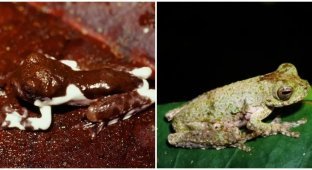Interesting information about how some representatives of amphibians and reptiles survive cold times. 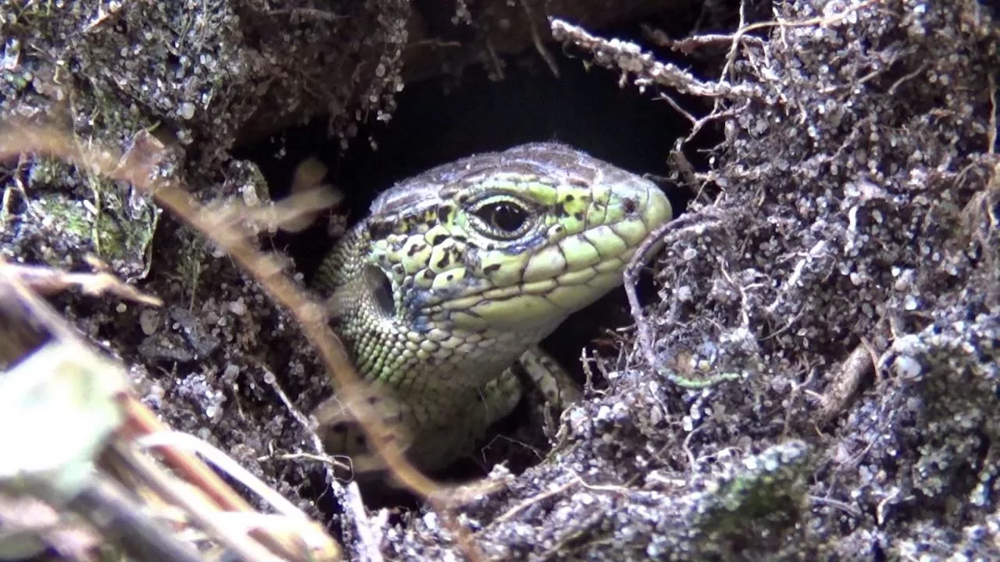
If your heart is not like a fiery engine, then any winter turns into a disaster. Therefore, it is not surprising that amphibians and reptiles are not good friends with frosts. But they also found ways to survive the cold times. Some people go to the bottom, while others have learned to freeze right into the ice!
For example, most frogs and some species of newts that live in our region do the following. They accumulate fat in the summer, after which they swim to the bottom of the reservoir - the temperature there does not drop below 4 ℃. And then the amphibians turn on the energy-saving mode: they reduce the consumption of all necessary substances by 2-3 times. All this time they live on the reserves that they managed to accumulate. But there are also pitfalls: it is relatively easy for river predators to find sleeping amphibians and dine on them. 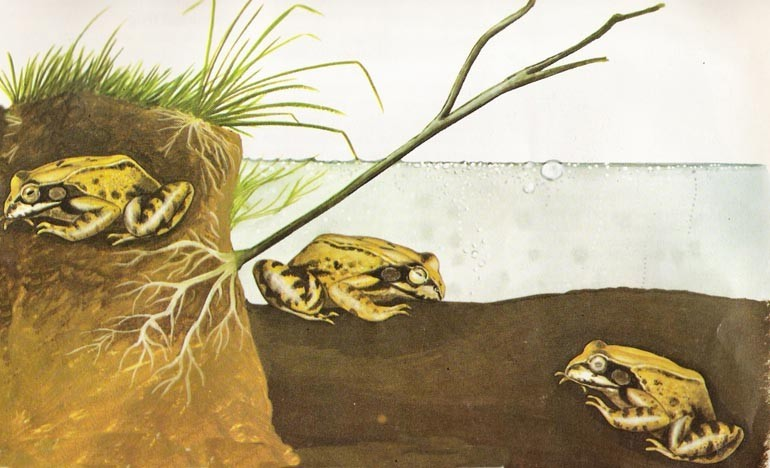
Therefore, the toads took a different route. At the first frost, they climb into rotten stumps and abandoned holes, where they fall into suspended animation. Of course, at first they will be cold, and some of the toads will certainly die. But when the ground is covered with a thick layer of snow, amphibians will be reliably isolated from the winter cold. 
The Siberian salamander and Alaskan wood frog look at their thin-skinned relatives with contempt. These animals have learned to freeze into ice all winter! The American frog is extremely resistant to freezing: even if 2/3 of its body turns into ice, it will not die. But the salamander does even worse things: in 1973, an expedition in Chukotka discovered a salamander that had been lying dormant in the permafrost for about 90 years! They carefully woke him up, warmed him up, and the animal continued to live from where it left off. 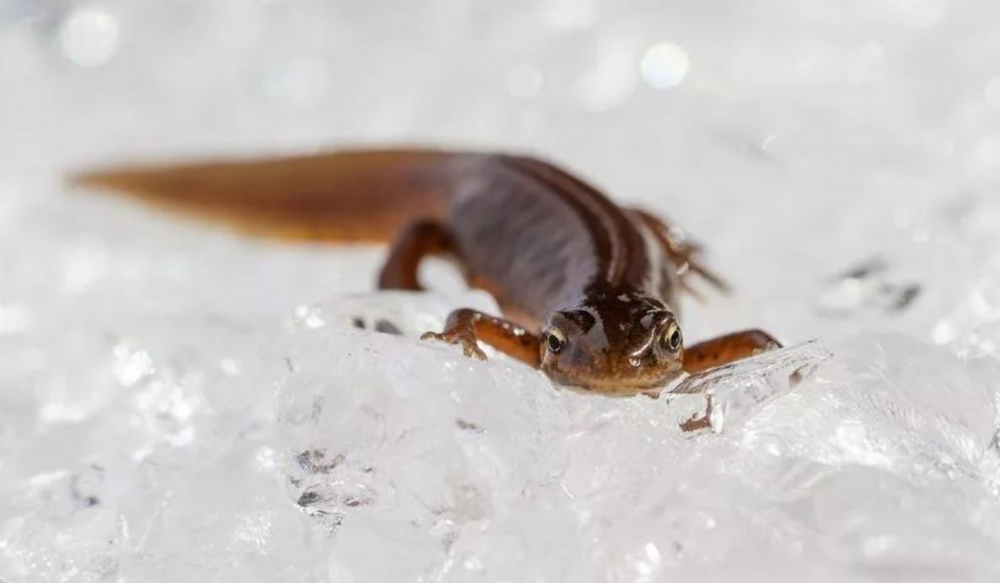
And salamanders remain active even at temperatures 2-3 degrees above zero.
Reptiles survive cold in a similar way. Their resistance to low temperatures is almost the same as that of amphibians. The scaly ones simply hide in secluded corners and go to sleep. Usually they do this alone, less often they gather in groups of 2 to 300 individuals. Lizards and snakes choose their places carefully. None of them are able to survive prolonged contact with ice. 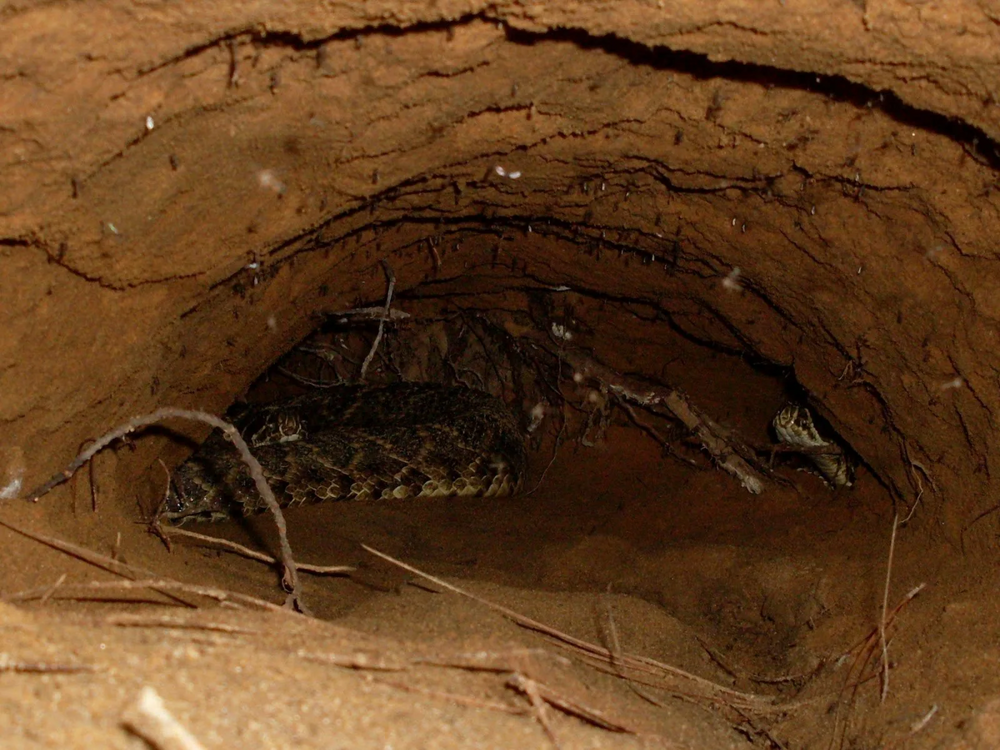
The steppe viper and its luxurious wintering apartment
But alligators can pretend that they have no problem freezing into ice and then thawing back out. In cold winters, the American Internet is full of photographs of icy lakes, from which the jaws of cold-blooded predators stick out. They look as if they were pinned down in a last ditch attempt to get to the surface. 
In fact, everything is much simpler. When the temperature drops to 5 ℃, alligators hibernate. And in order not to freeze something, reptiles plunge into water, from which only their nose sticks out. After all, they have not yet learned to breathe under water. 
This tactic is a temporary solution. Alligators are able to survive only short-term frosts. Therefore, reptiles live in the very south of the United States, where winters are mild and the need to hibernate does not appear every year.
Add your comment
You might be interested in:












